Hiking and running are both great cardiovascular exercises that burn calories. They also strengthen your legs, quads, hip flexors, and calves.
Hiking is an accessible activity that doesn't discriminate against overweight individuals, pregnant women or those with injuries and arthritis. It is also less impactful than jogging.
Depending on the length of your hike, you can burn more calories in one trip than you would if you ran for the same amount of time.
Cardiovascular Workout
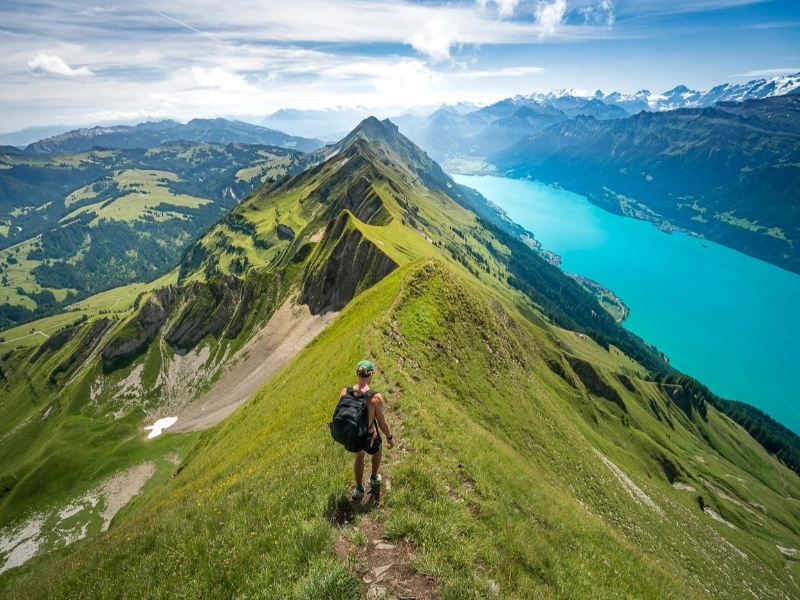
Regardless of which exercise you choose, cardiovascular exercises like running and hiking will provide your body with a great workout. They will both increase your heart rate and get your blood pumping, which helps keep your blood healthy. They also strengthen the muscles in your legs and lower body, which is essential for balance.
Because hiking is a slower paced activity, you will burn more calories than if you were jogging at the same pace. This makes hiking the better option for those who want to lose weight or tone their legs and glutes.
Hiking is also less likely to result in injuries than running. Running is a high impact exercise that can lead to repetitive stress injuries such as plantar fasciitis and achilles tendonitis.
However, you can reduce the risk of injuries by wearing proper footwear and maintaining good form. This is particularly important for beginners. Generally, high-impact sports have a higher risk of injury than low-impact activities.
Calories Burned

Hiking is a lower-impact activity than running, and it can burn more calories. Hiking is also a great way to relax and get out in nature, which has been shown to reduce stress and anxiety.
Depending on the intensity and terrain, hiking can have a MET value of up to 9. Hiking is typically a low-pact activity that burns more calories than walking at the same pace, but less than running. Hiking is often done with a pack, which adds to the overall calories burned.
A hike can include short bursts of intense climbing followed by long stretches of power walking, which contribute to the overall cardio workout. In addition, most hikers use a backpack to carry water and other items, which increases the overall caloric expenditure.
Elevation Gain
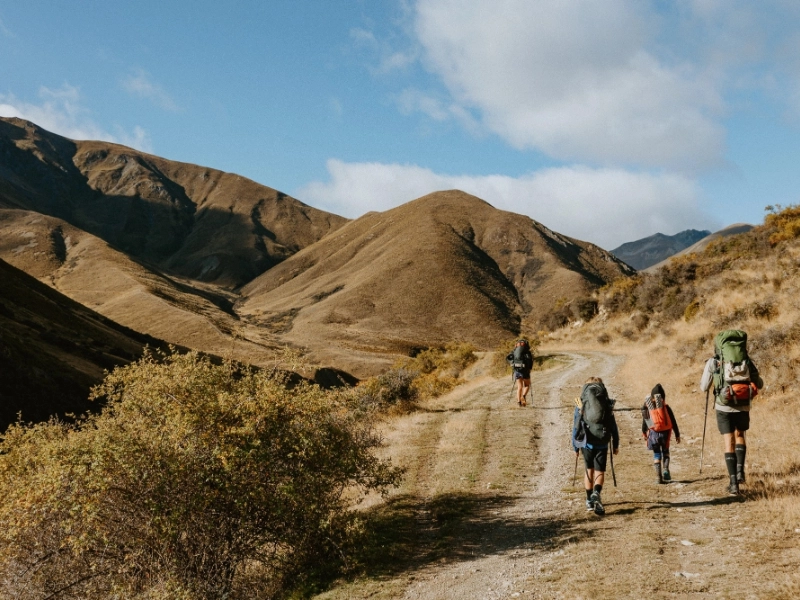
Hiking is known for its steep inclines, so it can be a more intense workout than running. It also burns more calories, but most people are not able to maintain the long distances and fast pace of a marathon.
Hikers can also get a cardio workout from going uphill and downhill on the trail. They may also be carrying a backpack which will increase their overall cardiovascular exertion.
Trail descriptions often note the cumulative elevation gain of a hike by adding up all the uphill and downhill segments of the trail. However, there is a more accurate way to describe the difficulty of a trail that many guidebooks and trail websites do not use.
Both hiking and running provide the body with cardiovascular and pulmonary fitness benefits, and build lower-body strength. They both work major muscle groups including the quadriceps (front of the thighs), hip flexors, calves and hamstrings. In addition, both hiking and running have mental health perks.
Injuries
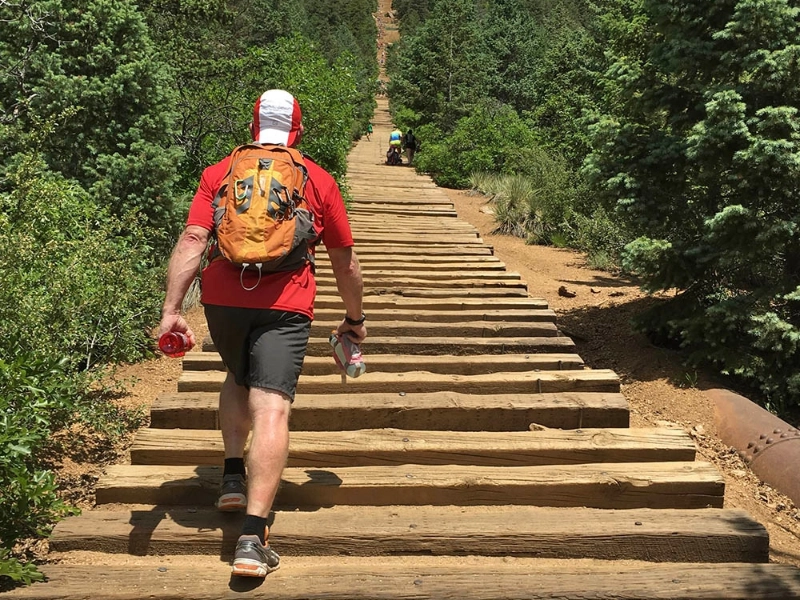
Hiking is not without injury risks, but they are not as severe as those of running. The quadriceps muscles (front of the thighs) are used in both hiking and running to help straighten and extend the knee. Running also uses the hamstrings (backside of the leg) to move the quadriceps forward during strides.
A hiker may encounter various tripping hazards in the wilderness that can cause cuts and scrapes. It is recommended that you wear appropriate footwear, carry a first aid kit and keep a close eye on the terrain ahead of you. Small cuts can usually be treated with disinfectant and a bandage from your first aid kit. Larger cuts may require a tourniquet to stop the bleeding.
Both hiking and jogging provide excellent cardiovascular and pulmonary workouts. They work major muscle groups to improve your endurance, strength and muscle tone. They both help to reduce the risk of developing high 'bad' cholesterol and blood pressure. They both allow you to enjoy the scenery and wildlife around you, which is a good incentive to exercise.
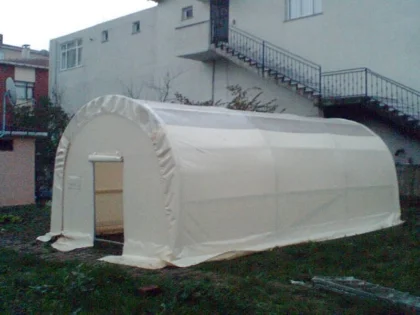
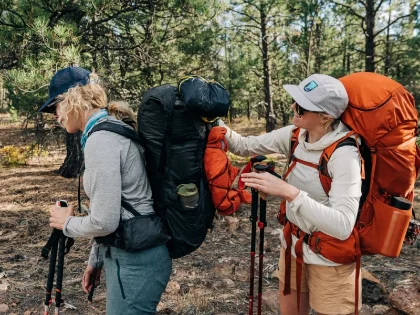
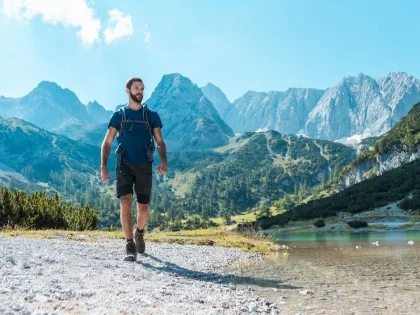



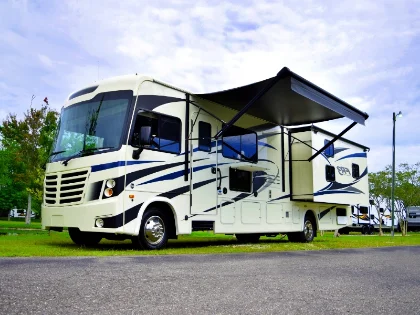
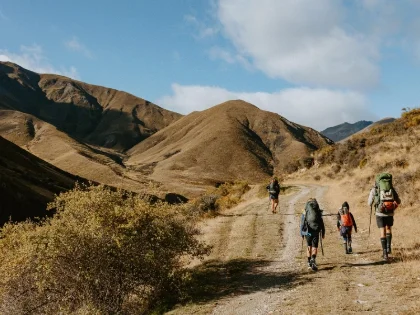

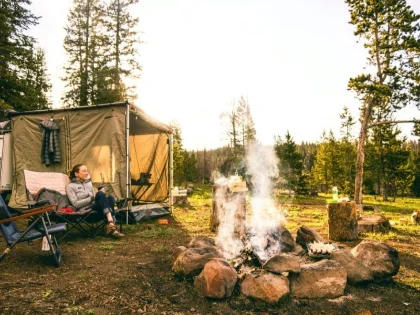


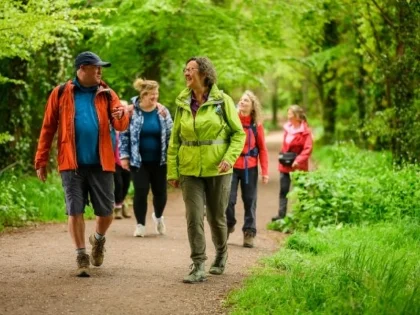
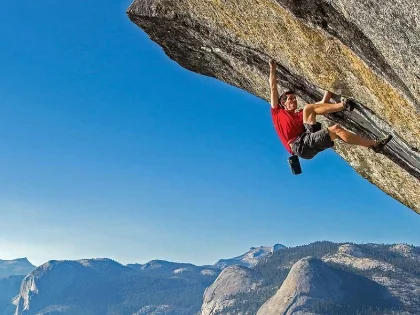

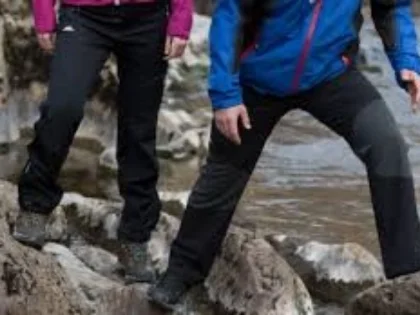



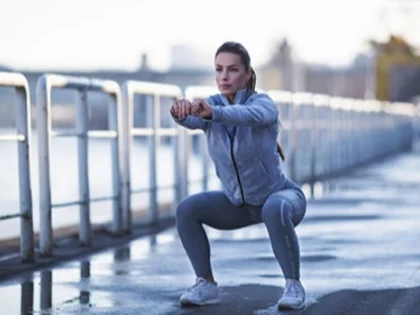
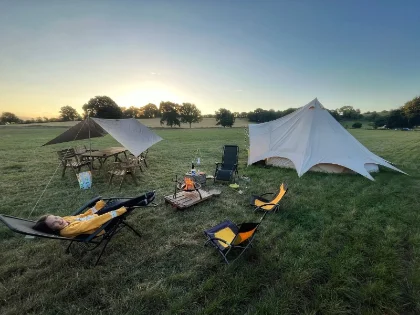




Comments
Leave a Comment
Your email address will not be published. Required fields are marked *